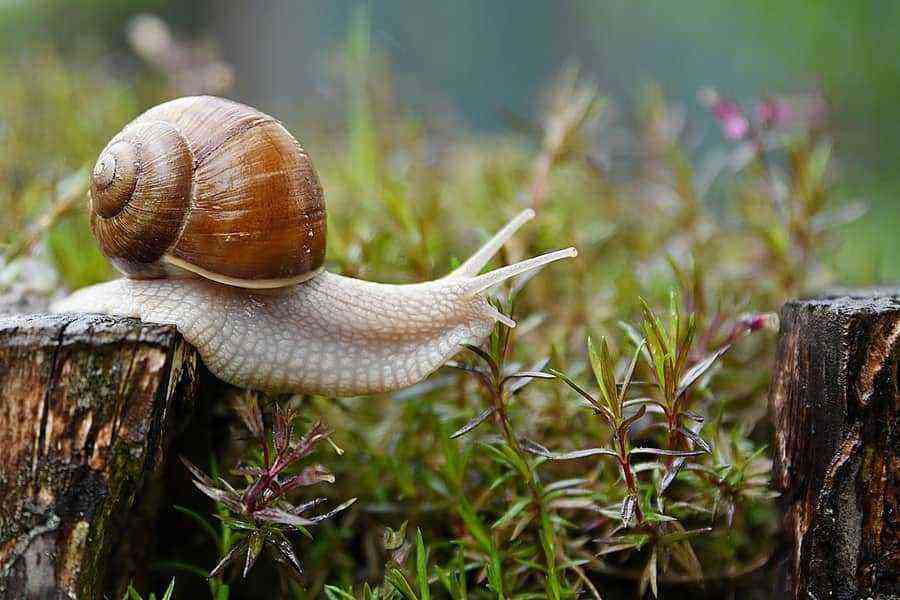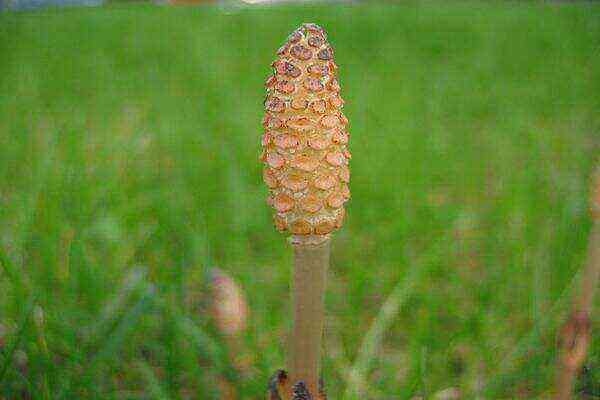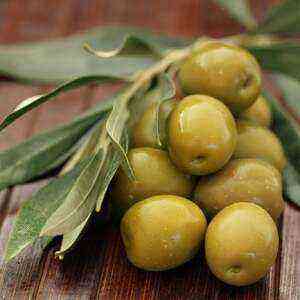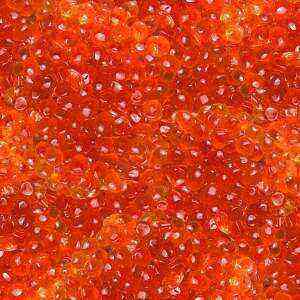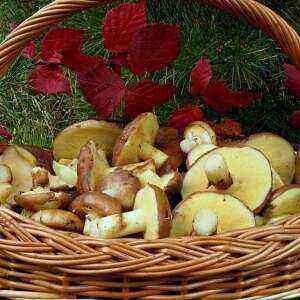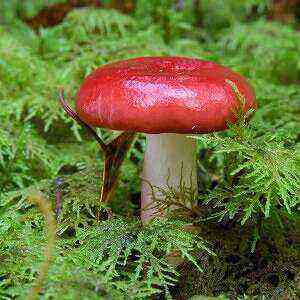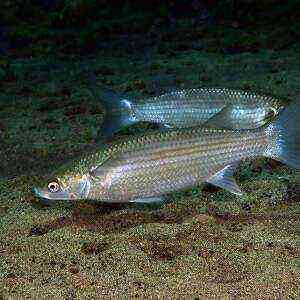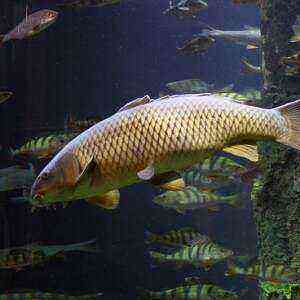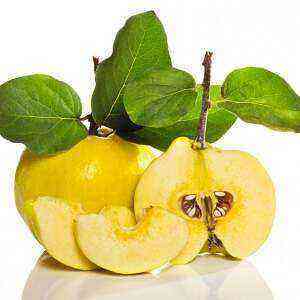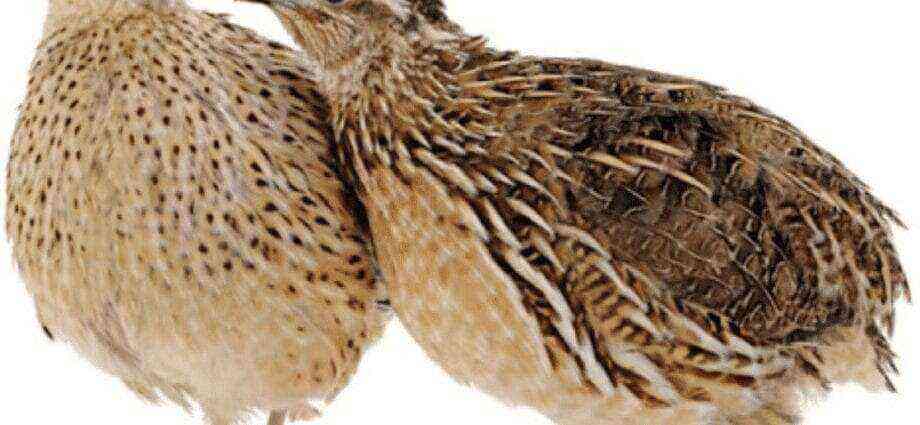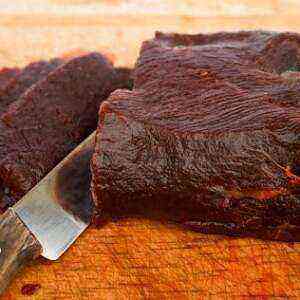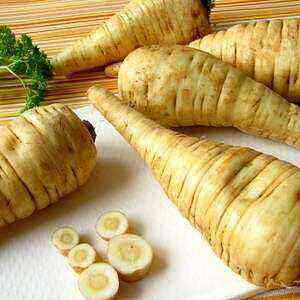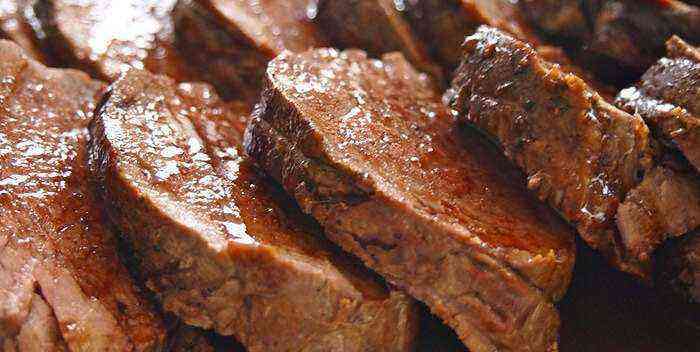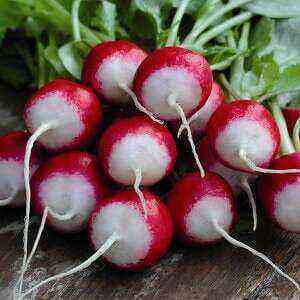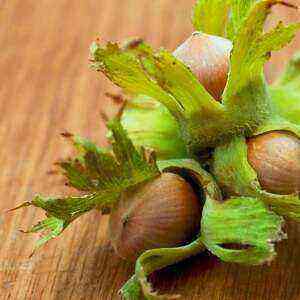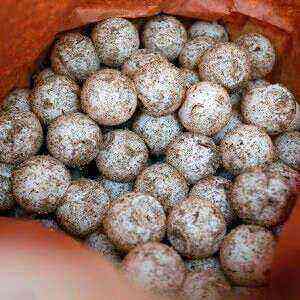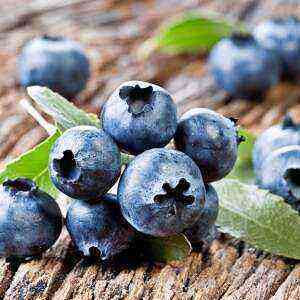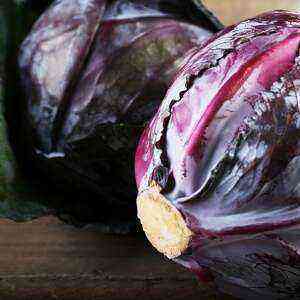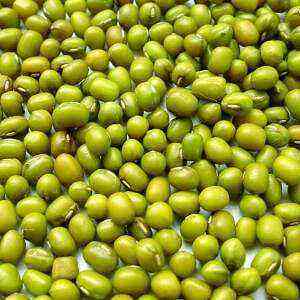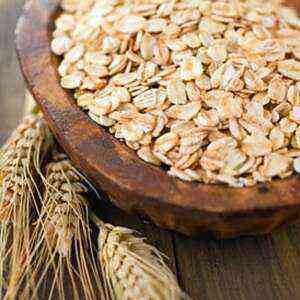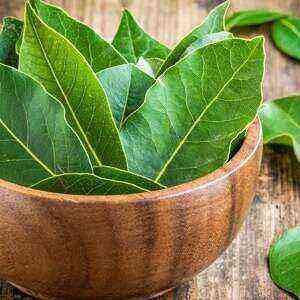
A bit of history
Many consider the Mediterranean as the homeland of these leaves, according to other sources – Asia Minor or the Balkan Peninsula. In Ancient Greece, there is a myth that tells about the beautiful and unhappy love of Apollo and Daphne. It was Daphne who became the progenitor of the current laurel. Fleeing from Apollo, who was in love with her, the river nymph prayed to her father to save her from the hands of the unloved. God Penny took pity on his daughter and turned her into a laurel tree. The beautiful Apollo, wounded in the very heart, wove a wreath from the leaves of this tree, and since then it flaunts on his head. They were also crowned with the heads of the winners of the competitions held in honor of Apollo and the winners of the Olympic Games.
The ancient Greeks used the fragrant laurel leaves to wash their hands and head, and put them at the head of the bed to sleep better. In ancient Rome, it was considered a symbol of peace. The Romans firmly believed that a laurel wreath is able to protect against a lightning strike and ward off any evil. The famous philosopher and thinker Avicenna highly appreciated the medicinal properties of laurel and widely used them in practice to relieve pain in joints, treat kidney stones and for disorders of the nervous system. Many stable expressions have gone from the laurel tree: “rest on laurels”, “crowned with laurels”, “reap laurels”, “laurel wreath” and others. The word “bachelor” is also directly related to this plant. Literally it means “laurel berries”, and laurel, as you know, bears fruit in the fourth year.
Botanical description
Laurel is an evergreen subtropical tree, reaching a height of 15 m. The leaves are entire, alternate, with a short petiole. Dark green in color. They are distinguished by a specific spicy aroma. Small yellowish flowers form umbellate inflorescences, which are collected in the axils of the leaves. Fruiting mainly in late autumn (October-November). The fruits are dark blue in color and oblong ovoid. There is a large bone inside. Leaves and fruits are used from the moment the tree begins to bear fruit, that is, four years after planting.
Chemical composition

- cineole;
- pinene;
- camphor;
- limonene;
- mircen;
- linalool;
- organic acids.
The fruits of laurel contain:
- fatty oil (consists of lauric and palmitic acid glycerols);
- starch;
- hydrocarbon laurel;
- slime;
- phytosterol;
- sugar.
How to choose
You will not pass by a quality bay leaf. It has a rich rich spicy aroma, this is its main difference. A good laurel has a uniform dark green color, without spots. But today the stores offer a wide selection of dry bay leaves in a variety of packages. At the same time, I would like to note that the dried plant retains absolutely all of its useful properties, therefore, going to the market or the supermarket is a purely individual decision and is due only to desire. This will not affect the quality of products.
How to store
When buying ready-made bay leaves, pay attention to the expiration date indicated on the package. If it comes to an end, the product may taste bitter during use. Store tightly closed in glass. There are also vacuum packages, which, after opening, are fastened with a special fastener for subsequent storage.
Useful Properties

Contraindications for use
Bay leaf is not recommended for use when:
- pregnancy;
- peptic ulcer disease;
- severe diabetes;
- constipation;
- poor blood clotting.
I would like to focus on the fact that the plant stimulates the contraction of the muscles of the uterus, which can lead to miscarriage or involuntary abortion. Therefore, pregnant women should in no case use infusions and decoctions from laurel.
But in any other case, the use of bay leaves as a medicine should occur only after consulting a doctor.
Use in cooking
Bay leaf is perhaps the oldest and most abundant spice in the world. It is used both fresh and dried. Sometimes it is also found crushed into powder. When preparing soups and broths, lavrushka is laid about 5 minutes before the end of cooking in order to maximize the aroma and remove the bitterness. You cannot eat bay leaves, so remove them from the plate before serving. Spice can be added to the second courses from the very beginning of stewing. Bay leaves are very often used for the preparation of pickles and pickles, for fermentation, smoking and canning. In general, bay leaves are used in almost all dishes. Previously, it was even placed in jams and briquettes with sweets to scare away insects. It is also a part of spice mixtures: Provencal herbs (garni bouquet), curry, suneli hops and others. Its essential oils are widely used in confectionery and liquor production.
Application in medicine

Bay leaf for joints
For neuralgia and arthritis, it is recommended to use leaf oil or ointment from the fruit of the tree.
They need to be rubbed into sore areas at least three times a day.
With diabetes mellitus
For treatment, both dry and fresh leaves of the plant are used.
Rinse a glass container with boiling water and throw about 10 leaves into it. Pour in 3 cups of boiling water and close the lid tightly. Insist for 4 hours.
You need to take the medicine three times a day (about 100 grams) half an hour before meals.
Bay leaf bath
Boil about 100 grams of leaves in 5 liter of water for 1 minutes, let it brew for 15 minutes, then pour into the prepared bath along with the leaves.
Use in cosmetology
Laurel is used as a folk remedy in the manufacture of tonics, to get rid of dandruff, acne, age spots and sebaceous deposits on the skin. The lotion is quite simple to make and very effective to use. Pour about 20-25 leaves with water (about half a glass), boil a little and stand for about 4 hours. Dermatologists advise with the resulting broth to wipe the skin of the face daily. For oily skin, you can add a little vodka to the lotion (about a dessert spoon). After a while, with regular use, you can see improvements: the skin will become matte, smooth and silky.
For dandruff, bay leaf infusion can also help. To do this, pour one liter of boiling water over one package of lavrushka and leave for 2 hours. After washing, the head should be rinsed with this broth and allowed to dry without heat.
The magical properties of laurel
Since ancient times, people have endowed laurel with magical properties. It was used by young girls to maintain youth and beauty, many rituals were aimed at fulfilling desires, cleansing the house of evil, for good luck and raising money. Some still sincerely believe in the power of this miraculous plant and use it from the evil eye and damage, as a talisman from troubles and failures.
conclusions
It is not without reason that the leaves of the laurel tree have been highly valued since ancient times. Their magical properties will appeal not only to lovers of traditional medicine, but also to the most sophisticated gourmets. Of course, most of all, bay leaves are common in cooking. There he is simply irreplaceable. Not a single cook can do without it. With its bright aroma and spicy taste, it will decorate any dish. Its healing properties are so extensive that they are used in almost any field of medicine and cosmetology. Although it is worth remembering that it is dangerous for pregnant women, for patients suffering from frequent constipation and with poor blood clotting. The use of decoctions or infusions with it can lead to adverse consequences, so they should be used only after consulting a doctor. In the historical era, the bay leaf has always crowned the winners, emperors and kings bowed their heads before it, and now cooks all over the world bow their heads.

